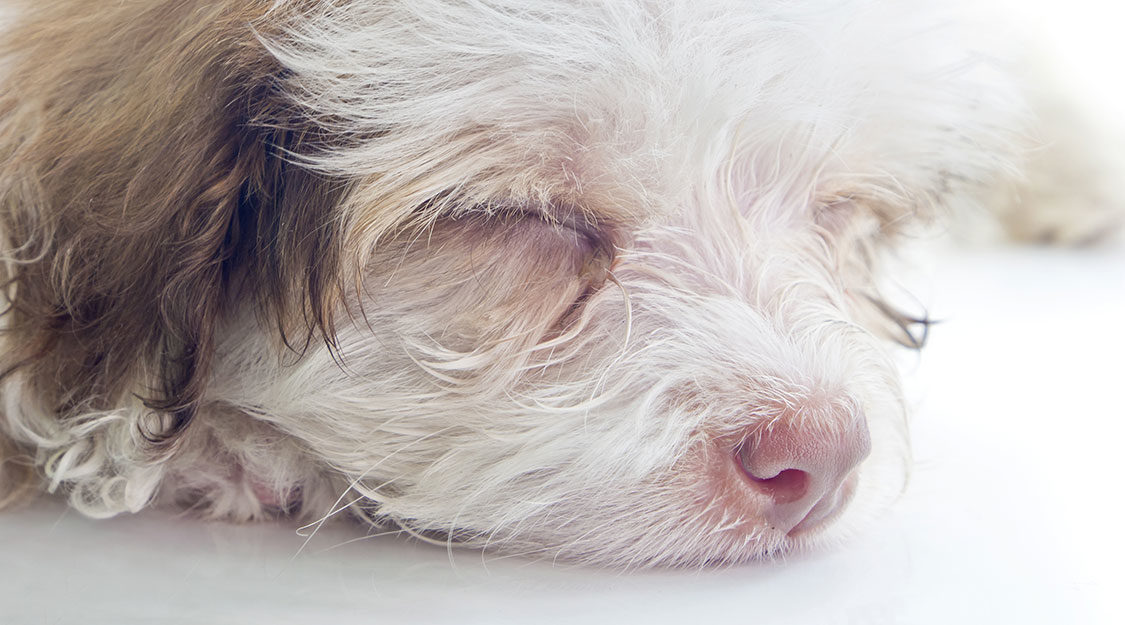How to take care of your puppy if he has a bleeding wound
It is very common for puppies to wind up in troublesome situations where they get hurt from their adventures. Like small children, puppies see everything as a possibility for fun, even dangerous situations which adult dogs may have the wisdom to ignore.
Puppies can be injured from electric shock when chewing on wiring, they can suffer head trauma from items falling on them when they reach up to play with it, and they can suffer deep cuts and scrapes when messing around with sharp objects.
There are three general forms of bleeding as a result of an injury. Below are each of these types of bleeds along with a quick tip on treating the cut so that the bleeding can come to an end.
Normal cut
The first type of cut would be considered a normal cut or scrape as a result from normal everyday action. These type of injuries are not alarming and are just a regular part of your dog’s life. However, even though the cut or scrape is no big deal, that doesn’t mean it should be ignored. Simply treat the affected area with hydrogen peroxide twice per day until the healing has taken place. This will keep the cut from being infected as well as promote faster healing.
Continuous bleeding
The second type of puppy bleeding can be in the form of a continuous flow or stream of blood. Should your pet start bleeding in this manner from a disaster, he will need medical attention immediately. Call your veterinarian or other available medical assistance. While waiting for help, raise the part of the body that is cut above the heart. In addition, it is important to apply several bandages over the blood-soaked area and apply pressure.
Heavy bleeding
The third type of bleeding your puppy may suffer, and the most alarming, is if the blood is spurting out consistently. This type of bleeding is extremely serious and if you do not get help immediately, your puppy may go into shock and possibly die. The best thing that you can do here in this unfortunate scenario is to place bandages on the injured area, while elevating the limb, and apply steady pressure. Most importantly, get in your car and drive to the closest animal hospital that you can find.
